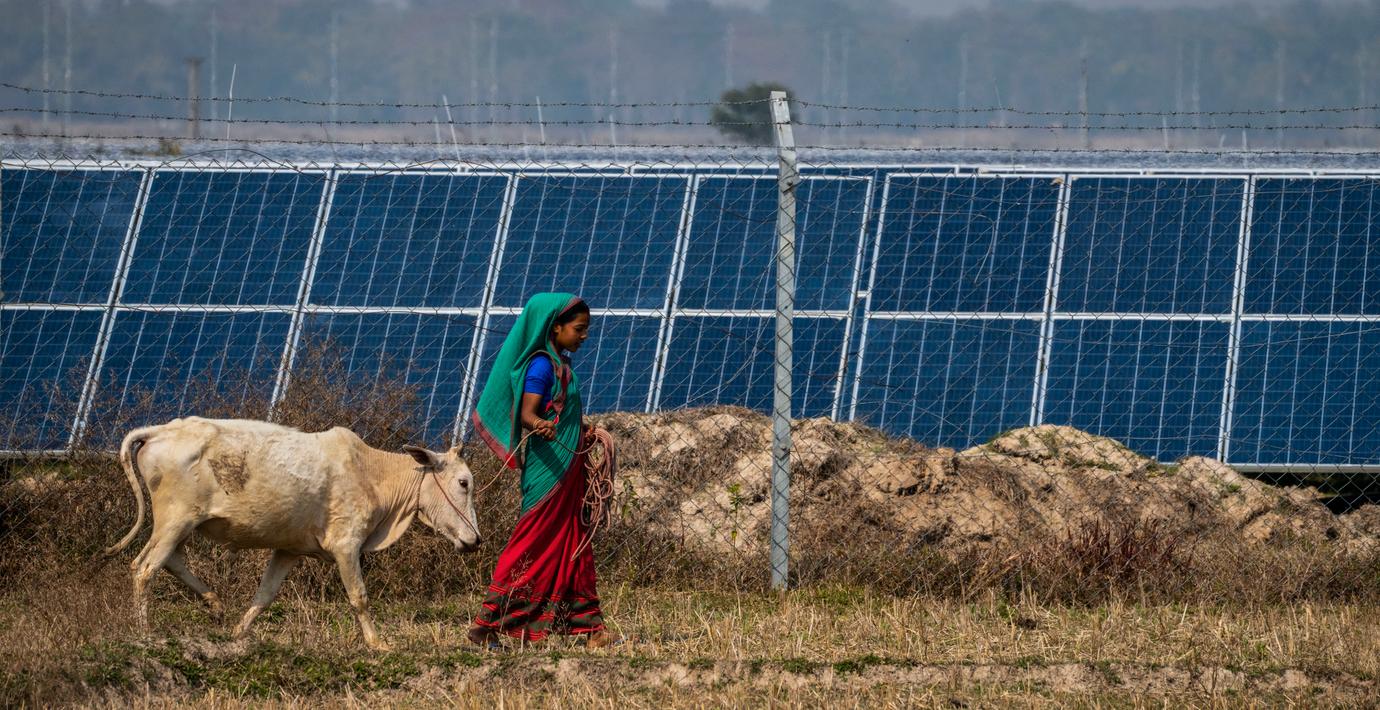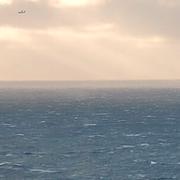
FN: Det räcker inte med att minska koldioxidutsläppen
Det räcker inte med att minska koldioxidutsläppen för att rädda planeten från de värsta konsekvenserna av klimatförändringarna. För att de ska undvikas måste nu koldioxid sugas ut ur atmosfären och begravas. Det förväntas stå i en stor rapport från FN:s klimatpanel IPCC som släpps på måndag, enligt AFP.
För att målen i Parisavtalet ska uppnås måste utsläppen minska med mellan sex och sju procent per år fram till 2030. För att sätta en sådan utsläppsminskning i perspektiv skriver AFP att utsläppen minskade med 5,6 procent under pandemin 2020.
De projekt som i dag finns för att ta ut koldioxid i luften ligger i dag långt efter de nivåer som krävs.
bakgrund
Koldioxidlagring från biomassa
Wikipedia (en)
Bioenergy with carbon capture and storage (BECCS) is the process of extracting bioenergy from biomass and capturing and storing the carbon, thereby removing it from the atmosphere. The carbon in the biomass comes from the greenhouse gas carbon dioxide (CO2) which is extracted from the atmosphere by the biomass when it grows. Energy is extracted in useful forms (electricity, heat, biofuels, etc.) as the biomass is utilized through combustion, fermentation, pyrolysis or other conversion methods. Some of the carbon in the biomass is converted to CO2 or biochar which can then be stored by geologic sequestration or land application, respectively, enabling carbon dioxide removal (CDR) and making BECCS a negative emissions technology (NET).The IPCC Fifth Assessment Report by the Intergovernmental Panel on Climate Change (IPCC), suggests a potential range of negative emissions from BECCS of 0 to 22 gigatonnes per year. As of 2019, five facilities around the world were actively using BECCS technologies and were capturing approximately 1.5 million tonnes per year of CO2. Wide deployment of BECCS is constrained by cost and availability of biomass.
Omni är politiskt obundna och oberoende. Vi strävar efter att ge fler perspektiv på nyheterna. Har du frågor eller synpunkter kring vår rapportering? Kontakta redaktionen



